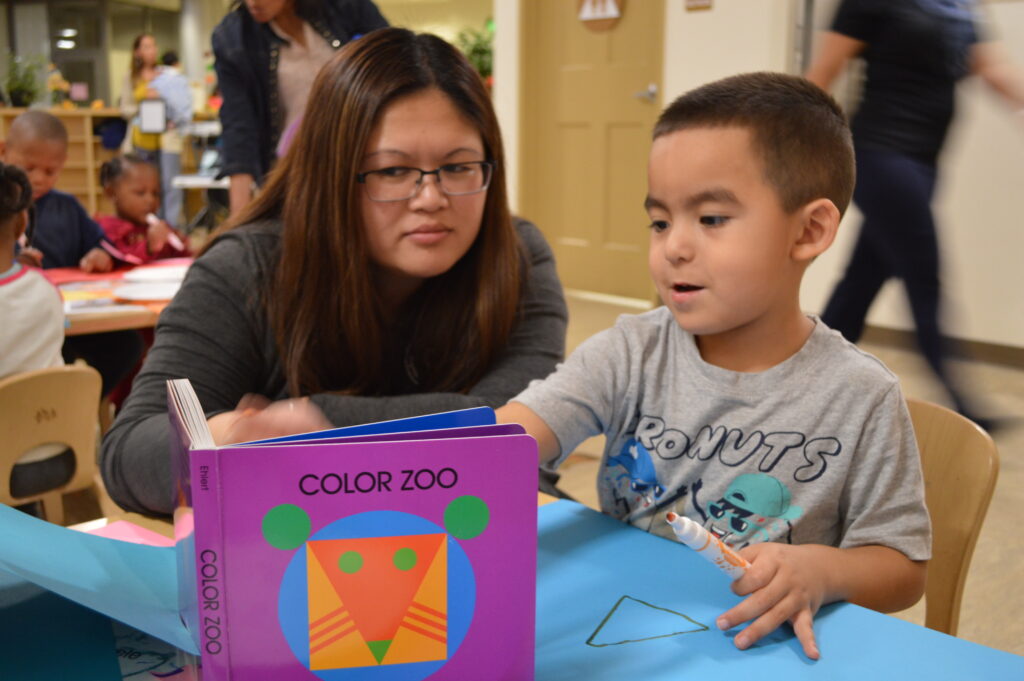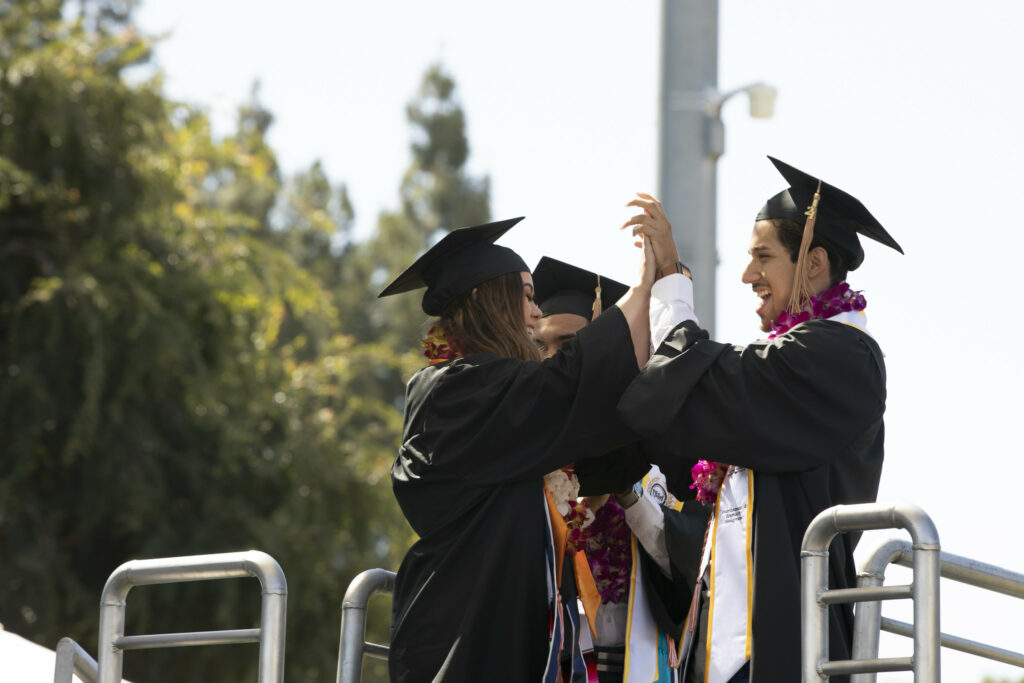
People rally outside the U.S. Supreme Court in 2019 as oral arguments are heard in the wake of President Donald Trump’s decision to end the federal Deferred Action for Childhood Arrivals program. The University of California brought the case to the court.
Credit: AP Photo/Alex Brandon
The number of low-income undocumented students newly enrolled in the University of California and California State University plummeted 50% between 2016-17 and 2022-23, according to a study released this month.
The study by William C. Kidder of the UCLA Civil Rights Project and Kevin R. Johnson of the UC Davis School of Law comes at a moment of heightened debate about policy proposals aimed at defraying the cost of college for undocumented students, who are not eligible for federal Pell Grants and often lack legal work permits. Gov. Gavin Newsom on Sunday vetoed Assembly Bill 2586, which would have cleared the way for undocumented students to take on-campus jobs at the state’s public colleges and universities.
“Given the gravity of the potential consequences of this bill, which include potential criminal and civil liability for state employees, it is critical that the courts address the legality of such a policy and the novel legal theory behind this legislation before proceeding,” Newsom wrote in his veto statement. “Seeking declaratory relief in court — an option available to the University of California — would provide such clarity.”
Johnson wrote in an email that Newsom’s veto of AB 2586, also called the Opportunity for All Act, “will make it more difficult for undocumented students to attend public universities in California.”
“I hope that the University of California and California State University systems will consider ways to help financially support undocumented students,” he wrote. “Scholarships, fee remissions, and the like must be considered if lawful employment, as would have been permitted by the Opportunity for All Act, is not possible.”
Since 2012, the federal program known as Deferred Action for Childhood Arrivals, or DACA, has allowed certain undocumented immigrants to temporarily work legally in the U.S. and live without fear of immediate deportation, but the program has ceased processing new applicants due to legal challenges.
“When we think that we’re seeing a decrease in enrollment in California, CSU and UC, with all the support provided by the university and by the legislature in terms of allowing undocumented students to pay resident fees, you have to imagine that in other states it’s much worse in terms of drop off in enrollment of undocumented students,” Johnson wrote.
Johnson and Kidder’s study seeks to fill an important gap in California policymakers’ understanding of how undocumented student enrollment has changed over time.
The state’s colleges and universities historically have avoided collecting official data on undocumented students, mindful of those students’ vulnerable legal status. To solve that problem, Kidder and Johnson examined the number of students awarded a Cal Grant under the California Dream Act, a state financial aid program for which low-income undocumented students are eligible. The numbers likely represent a subset of all undocumented college students at Cal State and UC campuses, since they do not include students who applied for a Dream Act award but were not eligible or who were offered an award but didn’t accept it.
Kidder and Johnson find that Dream Act awardees at CSU and UC appear to have peaked around the 2018-19 and 2019-20 school years.
At CSU, they found that new and returning Dream Act awardees fell 30% between 2019-20 and 2022-23, outpacing an almost 7% decline in other Cal Grant awardees at CSU during the same period, as well as falling undergraduate enrollment within the university system.
The story was similar at UC campuses, where Dream Act awardees dropped by roughly 31% between 2019-20 and 2022-23, a period in which other Cal Grant awardees only dipped 1%.
Kidder and Johnson tie the decline in Dream Act awardees to the demise of the deferred action program. The Trump administration moved to rescind the program in 2017, and subsequent efforts to revive it have been stymied by court decisions that allow current DACA recipients to renew work permits but block new applicants. As a result, most current undergraduate college students are not eligible to apply for DACA and the youngest current DACA recipients are about 22 years old.
That said, the study does not use the kind of granular data that would allow the researchers to test explicitly whether the rescission of DACA is causing the decline in Dream Act awardees. Previous research has found that the program boosted graduation rates among undocumented high school students and that harsher immigration enforcement correlated with lower academic achievement for undocumented K-12 students. Kidder and Johnson cite those studies — as well as the similar results they observed across UC and CSU — as pointing toward the likelihood that an external force is behind declining Dream Act awardees.
Supporters of AB 2586, the bill Newsom vetoed this weekend, argued that the UC system is not subject to a federal prohibition on hiring undocumented workers because it is part of the state of California. Johnson is among 29 scholars to sign a legal memo building that case, which was published by the UCLA Center for Immigration Law and Policy.
Neither CSU nor UC took a formal position on the bill. But in a letter to lawmakers, the UC expressed concerns that hiring undocumented students could jeopardize “billions of dollars in existing federal contracts and grants.” The university system also said the bill could expose students, their families and UC employees to criminal or civil prosecution. In July, CSU officials similarly said the bill rested on an untested legal theory that could result in litigation against the system.
EdSource recently spoke with Kidder and Johnson to discuss their forthcoming article in the Journal of College & University Law. This conversation has been edited for length and clarity.
What do we understand about the impact that DACA had on undocumented high school students, and what has happened since the Trump administration began challenging the Obama-era program?
Johnson: The data that we were able to put together shows that, basically, the dismantling of DACA —-the refusal to accept new applications – is having an impact that one might expect. While DACA created some kind of stability, initially, in high school students and boosted college enrollments, its dismantling has had the effect of reducing undocumented enrollment and destabilizing students and, the way I’d put it, it’s making them wonder whether they have a future in this country. …
It’s a wake-up call in all kinds of ways for colleges and universities to claim that they want to be open, be more accessible.
What did you find when you looked at how many students at Cal State and University of California campuses received California Dream Act grants in recent years?
Kidder: New California Dream Act awardees, both freshmen and students, had declined by half between 2017 and 2023, which is just a remarkable drop. … I was a little surprised at the scale of the decline, just given the situation in California and how it’s different from Texas or Florida or some other states where there’s greater opposition and hostility to supporting undocumented students.
Do you see the same pattern of decline in awards among California residents who are citizens and who received Cal Grants during this period?
Kidder: We tried to adopt what social scientists call a “difference in difference” methodology. That’s where you study the rate of change over time with one group compared to a matched comparison group.
So, we looked at low-income students who are not undocumented, primarily U.S. citizen residents of California — who are going to the same high schools; the same age group; similar, but not exactly the same, income levels; very similar academic profiles in terms of high school GPAs, etc. We did that to confirm that there weren’t other systemic effects on the California budget and economy that might be unaccounted for outside factors.
What we found is that other Cal Grant students, both within UC and within CSU, were flat at the same time that both the undocumented students at UC and CSU had this 50% decline. So it did shore up our inference that there was something uniquely challenging in the current environment for undocumented college students.
You write that back in the 2016-17 school year, 56% of new Dream Act students attended a UC or Cal State campus, while the remainder attended a California Community College campus. By the 2022-23 school year, that dynamic had flipped: 40% of those Dream Act students attended UC and Cal State, and the rest attended community college. What do you make of that shift?
Kidder: We did include in the data that we are capturing not just new freshmen, but also new entering transfer students. It is of concern that somehow, in recent years … it’s not translating into those (community college) students still having higher education access to a university education through the transfer pathway. There’s a blockage there, and that was clear in the data.
From a public policy level, that’s troubling, given that these are students, many of whom have been living in California since age 5 or age 8, and the California taxpayers and the system of California laws has invested in their future. For those students to be blocked in their pathway lowers their future life chances.
State university officials can’t control what happens with DACA. If educators at UC and Cal State are concerned about losing undocumented students, what could they do to encourage those students to enroll and help them to stay enrolled?
Johnson: I think one of the assumptions in the question is that there’s limited possibilities for what the university could do. It was the University of California that brought the lawsuit that ended up in the Supreme Court stopping the rescission of DACA, and that was a controversial move in some quarters. But I do think the university– legally, politically and otherwise — is a powerful advocate for students, and can and has, at various times, pushed for reform and change.
I think that the university, if they’re really committed to undocumented students, can support things like the Opportunity for All Act, which has been basically briefed and set on their desk, showing that it might be legal for the University of California to allow its students, all students, to be employed by the University of California. …
I think that the university could also think about, “How do we create more scholarships and funding for undocumented students?” If we’re really designing, or we really want to have, a university that serves all, shouldn’t we commit ourselves to enrolling all students who we admit and making it possible for them to attend?
Then the question is, how you raise money, how you distribute that money, how you create scholarships. The University of California often takes great pride in bringing in large chunks of money for research projects and, for example, spends years talking about and invests mounds of money in Aggie Square in Sacramento for research. … Why not work to create more funding for all students, including undocumented students? Why not think carefully about your tuition increases at various points in time, and what impacts it has on the people that you say you want to enroll in the university?
I want to talk to you about AB 2586. The first Cal State board of trustees meeting I attended was in July, and there was some discussion about this bill. The trustees were asking staff to brief them on what they think of this bill. The gist was, ‘We see this as risky. We see this as potentially putting us on a collision course with the federal government, where we would open ourselves up to litigation. What do you think about that approach?
Johnson: I think it’s a cowardly approach. It’d be like the university saying “We’re not going to weigh in on the civil rights movement because it’s controversial politically, and it’s risky to do so, and we’re not going to move forward because we’re afraid of getting sued.”
It’s funny, but (former UC President) Janet Napolitano could have taken the same position, saying “We’re not going to challenge the rescission of DACA, don’t want to alienate the federal government, which gives a large amount of money to the University of California. We’re just going to sit on our hands and let these DACA recipients be poorly treated.” …
I’m an attorney. I was dean of the (UC Davis School of Law) for 16 years. Attorneys are always going to tell you there are risks. There are also risks driving to the grocery store, but we still go to the store. So I don’t buy that risk assessment argument, and I think that this is the time for universities that are truly committed to these issues to show their commitment to these issues.
Why should CSU and why should the UC prioritize helping undocumented students to get a college degree?
Kidder: Both my data analysis as well as my personal experience as a university administrator working with lots of undocumented students confirms my conviction that this is a very talented pool of young people in California. If their hopes and dreams are allowed to flourish in California, it benefits all Californians, and I mean that both in an economic sense and in a larger democratic sense.



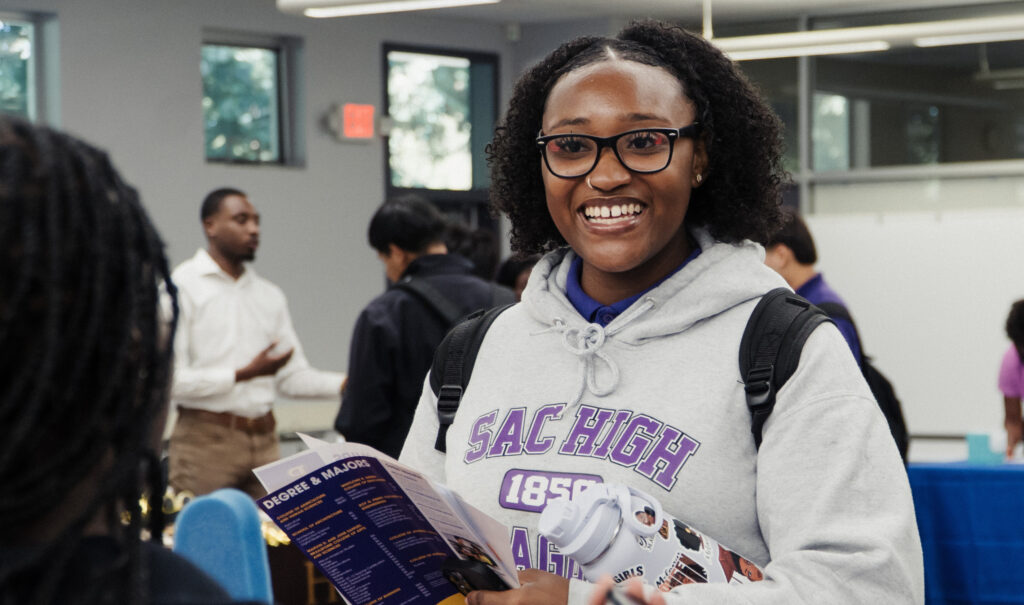

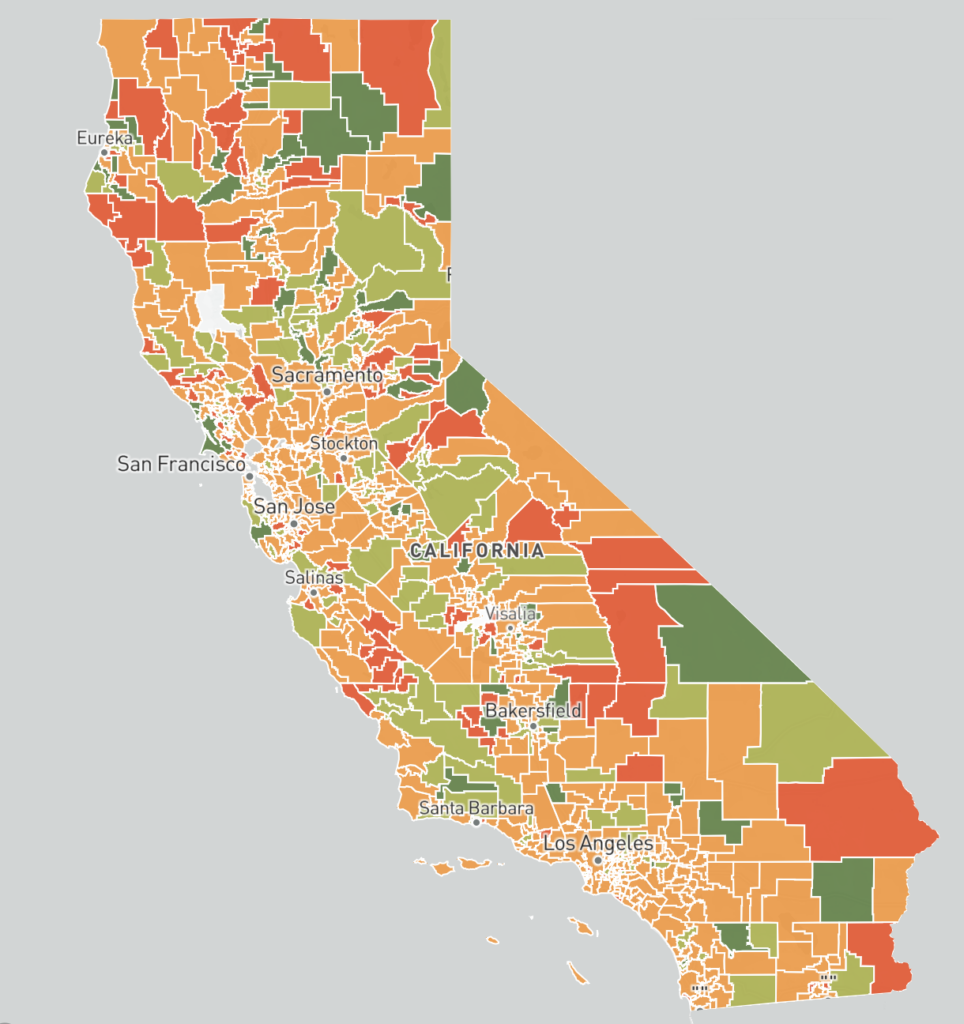
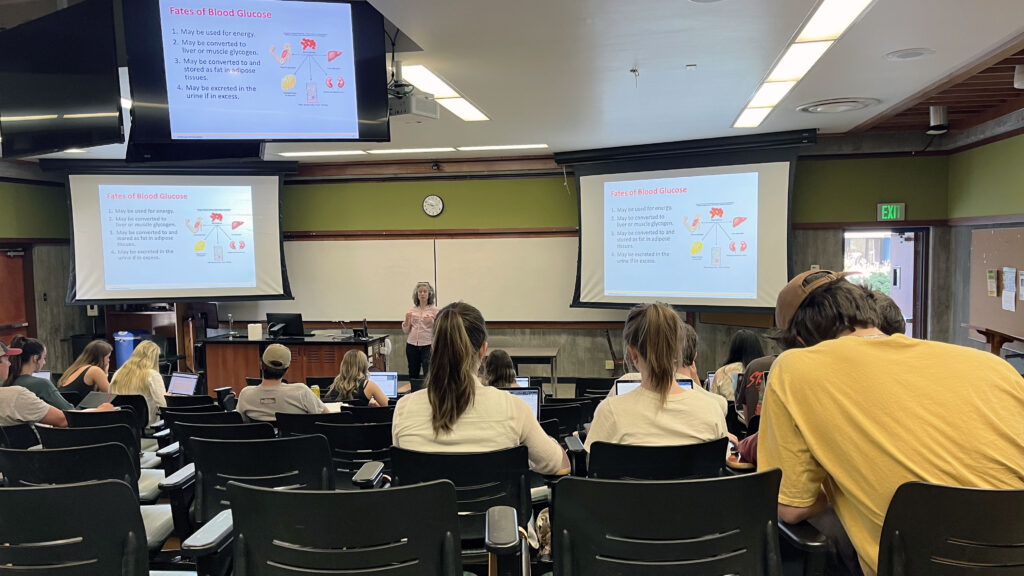




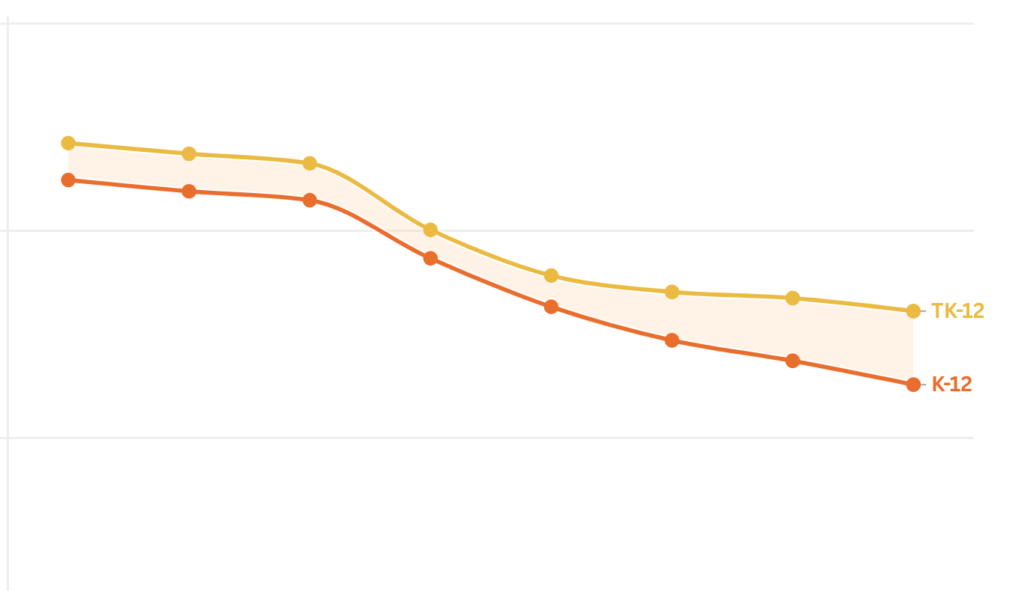
)
)
